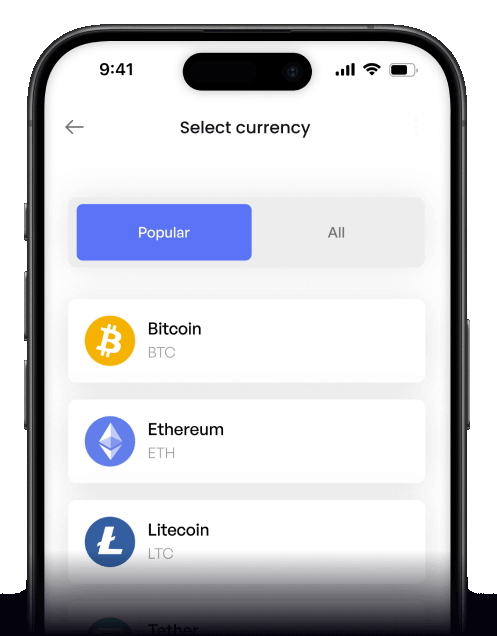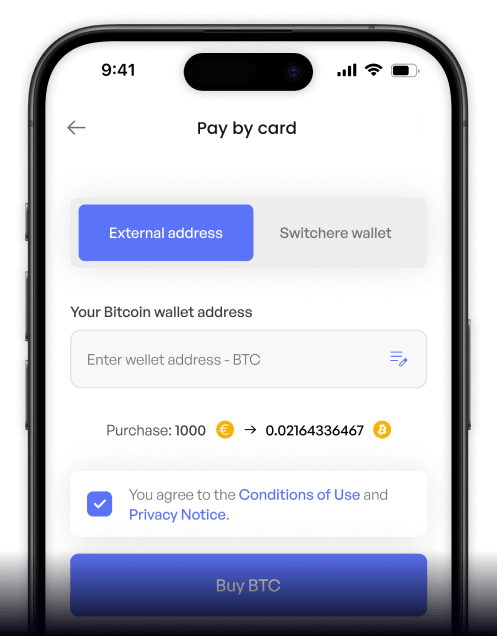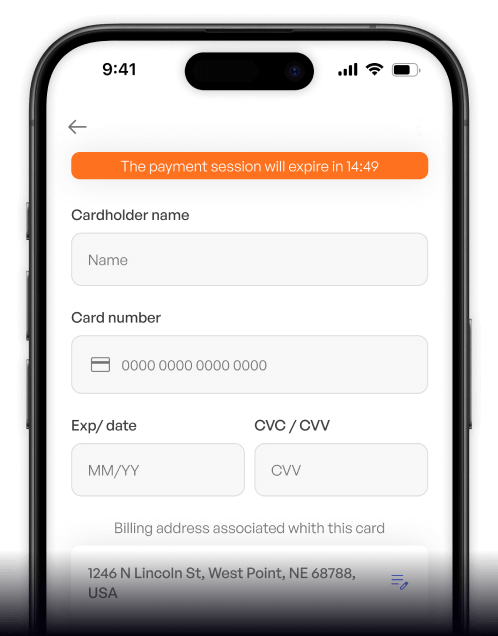Convert
Mexican Peso (MXN) to Avalanche (AVAX) Instantly
Purchase Avalanche (AVAX) with Mexican Peso (MXN) easily at Switchere and benefit from fast, secure transactions.
About
Avalanche (AVAX)
Avalanche (AVAX) is a highly scalable blockchain technology platform designed to host decentralized applications (dApps) and facilitate the creation of custom blockchain networks. Its primary purpose is to address the blockchain trilemma by offering high throughput, low latency, and robust decentralization. Avalanche achieves this through its novel consensus mechanism, a family of protocols (Snowman, etc.) built on a proof-of-stake (PoS) foundation, enabling sub-second transaction finality. This makes it a compelling digital asset infrastructure for demanding DeFi applications and enterprise-grade solutions requiring cryptographic security.
A core distinguishing feature is Avalanche's subnet architecture, which allows developers to launch bespoke, application-specific blockchains that can have their own rules, virtual machines (including EVM compatibility on the C-Chain), and tokenomics. These subnets can operate independently or share security with the primary network. The native utility token, AVAX, plays a crucial role within this decentralized network. It's used for paying transaction fees, securing the network through staking by validators, and as a fundamental unit of account across the multiple subnets. Avalanche is recognized as a leading layer-1 smart contract platform, driving innovation in Web3 infrastructure and fostering a diverse on-chain ecosystem.
How to Buy Avalanche (AVAX)
Popular Coins for Mexican Peso (MXN)
Other Coins for Mexican Peso (MXN)
Frequently asked questions
-
What is the most common way to buy Avalanche (AVAX) with Mexican Pesos (MXN)?
The most common method is using a cryptocurrency exchange that serves as a fiat on-ramp for MXN. Users typically register, complete KYC/AML compliance, and then deposit Mexican Pesos via a SPEI transfer. Once the MXN is in their account, they can use the MXN/AVAX trading pair on the spot market to purchase the digital asset. -
What technical advantages does the Avalanche (AVAX) network offer traders?
Avalanche is known for its high throughput and near-instant transaction finality, which are critical for trading. Its unique architecture uses Subnets, allowing for custom blockchains. For most traders, interactions happen on the C-Chain, which is EVM-compatible, meaning it supports a vast ecosystem of dApps and digital assets from Ethereum with lower transaction fees. -
Are there regulated exchanges in Mexico that offer a direct MXN/AVAX pair?
While major local exchanges in Mexico offer robust MXN on-ramps via SPEI, a direct MXN/AVAX trading pair might not always be available due to liquidity considerations. A common alternative is to buy a major cryptocurrency like BTC or a stablecoin with MXN first, and then trade that asset for AVAX on the same platform. Always check the exchange's order book for available pairs. -
When I buy AVAX, what do Avalanche's P-Chain and X-Chain mean for my holdings?
Your AVAX can exist on three chains. The X-Chain (Exchange Chain) is for creating and trading digital assets. The P-Chain (Platform Chain) is for coordinating validators and staking AVAX to secure the network. The C-Chain (Contract Chain) is where most users interact with dApps. When you buy AVAX on an exchange, it's typically on the C-Chain, but you can transfer it to the P-Chain if you wish to participate in staking. -
What are the typical fees and processing times for buying AVAX with a SPEI transfer in Mexico?
SPEI transfers are generally fast and low-cost, often processing within minutes. Exchanges may charge a small fixed fee or a percentage for the MXN deposit. After depositing, you'll incur a trading fee (taker or maker fee) when you execute the AVAX purchase. Finally, withdrawing your AVAX to a personal digital wallet will have a network fee, which depends on the Avalanche network's congestion at the time.






